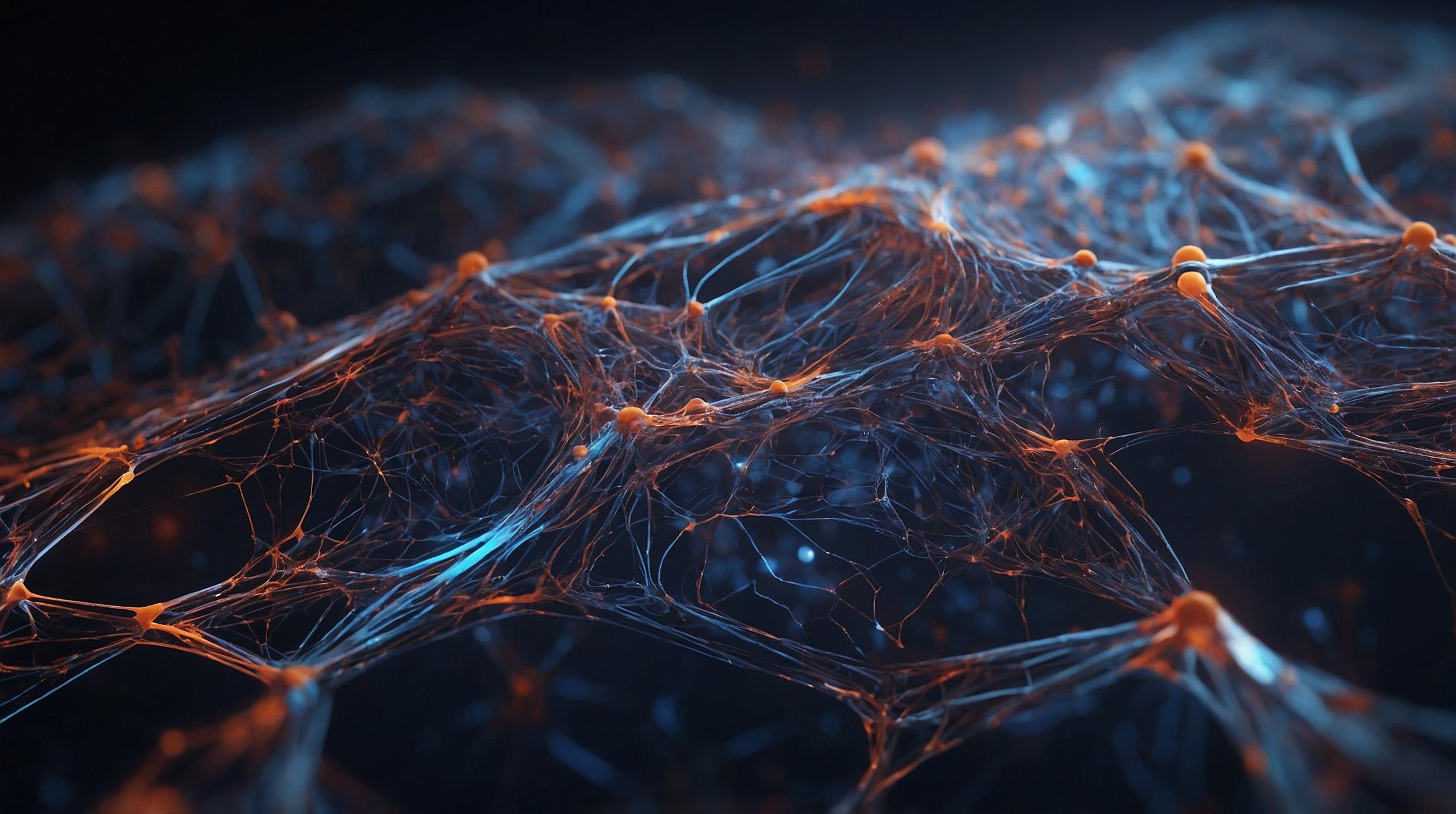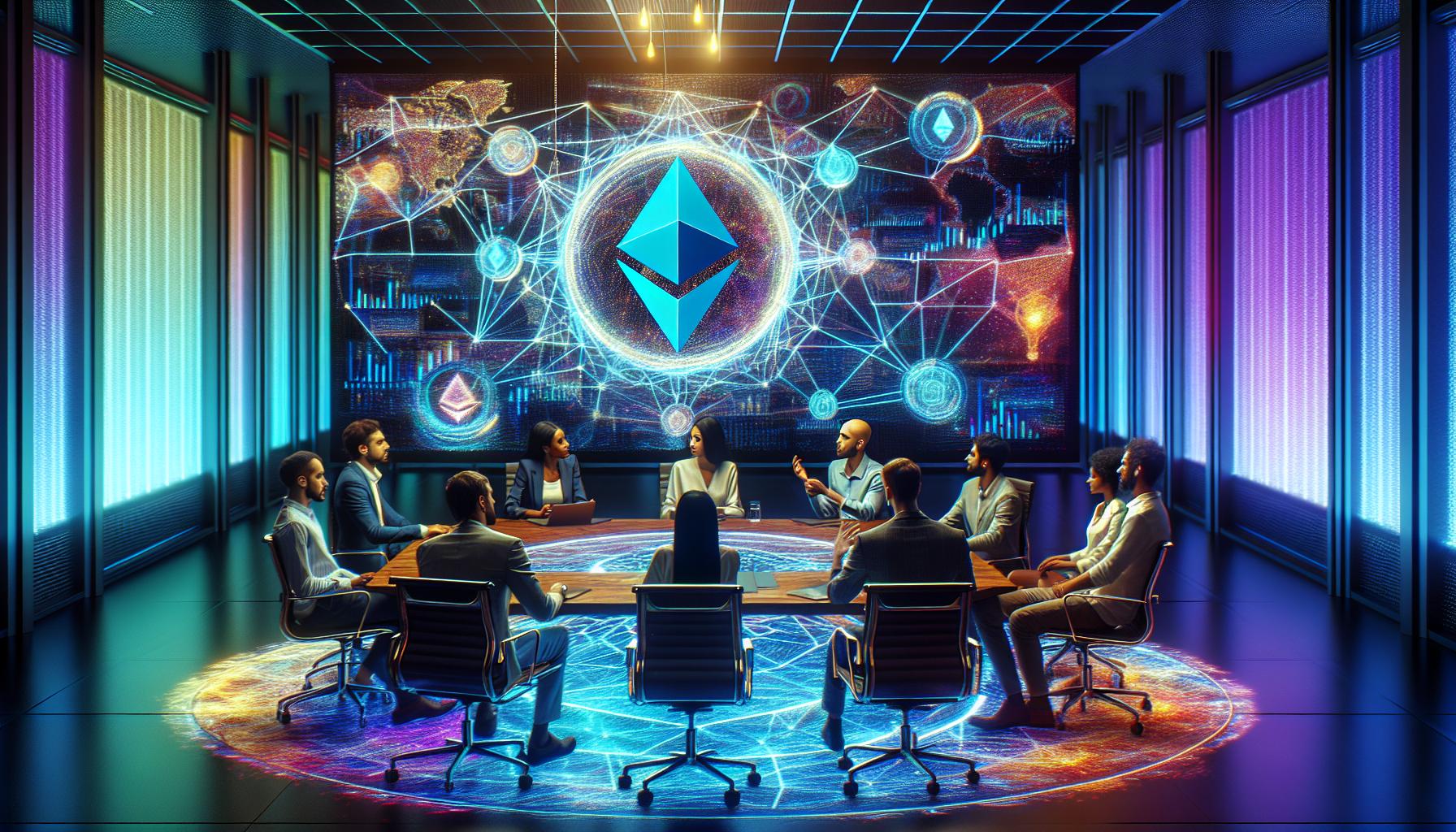Understanding Neural Networks: The Basics
Neural networks are powerful tools in artificial intelligence (AI) that mimic the way human brains process information. They consist of layers of artificial neurons connected by edges, much like how our brain cells are linked. These networks are trained by adjusting the weights of these connections to improve accuracy over time. However, traditional neural networks often function as "black boxes," meaning the way they reach conclusions is not easily understood.
Introducing Kolmogorov-Arnold Networks (KANs)
A new type of neural network, called the Kolmogorov-Arnold network (KAN), promises to be more transparent. This network can perform almost as well as traditional networks for certain problems, but it allows us to understand how conclusions are drawn. This approach is based on a mid-20th-century mathematical theory rediscovered for use in today's deep learning.
How KANs Work Differently
Unlike traditional networks using weighted edges, KANs use functions. These functions are more complex and can be adjusted with greater precision. Historically, KANs were seen as impractical due to concerns about their ability to handle certain mathematical functions smoothly. However, recent advancements in computing have made it feasible to explore these networks further.
Real-World Applications and Success
KANs have shown effectiveness in fields like mathematics and physics. For example, they can predict properties in knot theory and solve complex problems in condensed matter physics. These networks not only provide answers but also explain how they arrived at those answers, a capability lacking in traditional neural networks.
The Future of KANs in AI
As researchers continue to develop KANs, they are finding that these networks excel in interpreting data, especially in fields with simpler equations like physics. While they may not outperform traditional networks in all areas, KANs provide valuable insights, making them particularly useful for scientific research.
The Path Forward with KAN 2.0
The development of KAN 2.0 aims to make these networks more accessible and practical for wider use. This new version includes tools that enhance its usability, paving the way for more "curiosity-driven science." This approach fosters understanding beyond solving computational problems, encouraging deeper exploration of the underlying principles of science.













